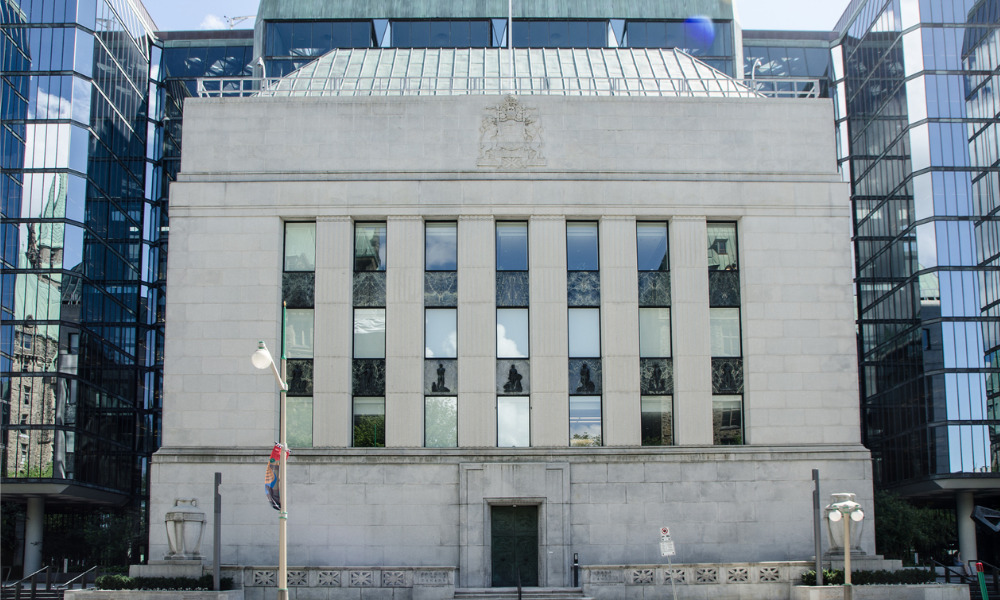Markets observers weigh in on the central bank's policy trajectory next year

The Bank of Canada will almost certainly trek an uphill battle next year when it comes to convincing markets that interest rates should remain at 4.25% rather than go down immediately, industry observers said.
This is because the recent drop in bond yields, which came about due to expectations of rates declining next year, is already making itself felt in some lower domestic borrowing costs.
“To the extent that the markets start to anticipate the end of central bank hikes, and even the possibility of cuts, it makes the central banker’s job that much more difficult,” said Doug Porter, chief economist at BMO Capital Markets. “If markets rally too much and are too healthy or too robust, it’s going to be tougher to actually squeeze inflation out of the system.”
Should rates remain stable instead of going up further, housing market activity could likely stabilize over 2023, added James Laird, co-founder of Ratehub.ca.
“Demand hasn’t changed; people have just been sitting on the sidelines while this transition from ultra-low rates to the new rate equilibrium happens,” Laird said.
How should central banks respond to bond yield fluctuations?
With the BoC recently signalling that it is nearing the end of its tightening trajectory, and the US Federal Reserve saying that it would implement more hikes next year, central bankers “should avoid doing anything that fans this market narrative” of imminent reversals in rate increases, said Derek Holt, head of capital markets economics at Scotiabank.
“Otherwise, we could be on an inflation and rates rollercoaster for years to come that is biased toward higher average inflation,” Holt warned.



